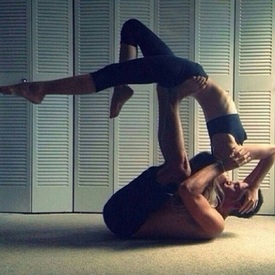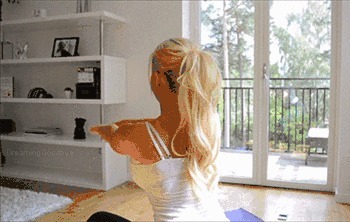
Yogic News: Already a Registered Companion and master of the tantric and yogic arts? Combine them now for a whole new sensation!
Tantric Partners Yoga
Formal Training
There are many fluid yogis throughout the colonized Verse, but for the best formal training in the yogic arts, most especially that of tantric partners yoga, the Companion Guild Training Houses of 34 Tauri are a must. Speak with your nearest Registered Companion for more information on enrollment.
Yoga Notes
Origin:
Yoga is believed to've originated in ancient Pakistan (Indus Valley Civilization partially where modern northwest India was) ~3000 BC or earlier; ~5,000 years ago as of 2000 AD, ~5,500 years ago as of 2500 AD.
Purpose:
Yoga is used for stretching, gas relief, muscle alignment, injury healing, meditation, breathing control, relaxation, chakras activation, and so on. Some Outlanders also use yoga for religious purposes.
Styles:
15 major styles:
Positions:
Yoga poses are called Asanas. There are a couple dozen basic ones, with ~100 (including advanced and partners Asanas) most practitioners learn in total. However, ancient texts speak of a grand total of 8,400,000 Asanas.
Progression:
All students attending Inisfree's school system learn basic yoga in elementary school (grades 1 through 5), expanding their portfolio of learned and mastered Asanas into middle school grades (6 through 10), high school grades (11, 12, 14, 15, and 16), university grades (17 and 18), and post-graduate grades (19 and 20). All yoga is nude, as Inisfree is a nudist community. Middle school students learn the Asanas of the 15 major yoga styles. High school students learn the Asanas of Aero yoga (similar to aerial silk dancing). University students learn the Asanas of Acro(batic) yoga. Post-graduate students learn the Asanas of Combat yoga designed to perfect their sense of balance whether operating solo or with a few teammates.
*Anyone in Inisfree near the Partners Balancing Platforms of Inisfree's largest beach will see daily and nightly practices and demonstrations by yogis; yoga masters.
Origin:
Yoga is believed to've originated in ancient Pakistan (Indus Valley Civilization partially where modern northwest India was) ~3000 BC or earlier; ~5,000 years ago as of 2000 AD, ~5,500 years ago as of 2500 AD.
Purpose:
Yoga is used for stretching, gas relief, muscle alignment, injury healing, meditation, breathing control, relaxation, chakras activation, and so on. Some Outlanders also use yoga for religious purposes.
Styles:
15 major styles:
- Anusara
- Ashtanga
- Bikram
- Hatha
- Iyengar
- Jivamukti
- Kripalu
- Kundalini
- Prenatal
- Restorative
- Sivananda
- Tantra
- Viniyoga
- Vinyasa / Power
- Yin
- Anusara is often described as Iyengar (a purist form of yoga) with a sense of humor. Created by the aptly named John Friend, Anusara is meant to be heartfelt and accepting. Instead of trying to fit everyone into standard cookie-cutter positions, students are guided to express themselves through the poses to their fullest ability.
- Ashtanga: Six established and strenuous pose sequences — the primary series, second series, third series, and so on — practiced sequentially as progress is made. Ashtangis move rapidly, flowing from one pose to the next with each inhale and exhale. Each series of poses linked by the breath this way is called a vinyasa.
- Bikram features yoga poses in a sauna-like room. The heat is cranked up to nearly 105°F and 40% humidity in official Bikram classes. If it’s called "Bikram" (for inventor Bikram Choudhury), it will be a series of 26 basic yoga postures, each performed twice. If you want to experience yoga the way it feels during the Summers of India, but can't make the flight over to that part of the world, this style is for you.
- By definition, Hatha is a physical yoga practice, which is pretty much all yoga you’ll find in this hemisphere. One of the six original branches of yoga, Hatha encompasses nearly all types of modern yoga. In other words, Hatha is the ice cream if styles like Ashtanga and Bikram are vanilla and chocolate chip. Today, classes described as "hatha" on studio schedules are typically a basic and classical approach to yogic breathing exercises and postures.
- Iyengar is a purist yoga named after founder B.K.S. Iyengar. Props such as blocks, straps, harnesses, and incline boards are used to get you more perfectly into positions and have earned the style its nickname, "furniture yoga". Appropriate for all ages and abilities, Iyengar yoga is all about precise alignment and deliberate sequencing. Don’t take that to mean easy.
- Jivamukti is a physical, limit-pushing practice that reintegrates yoga’s traditional spiritual elements in an educational way for Western practitioners. Expect a theme for each class, Sanskrit chanting, and references to ancient scripture. Created by Sharon Gannon and David Life in 1984 in New York City, Jivamukti translates as "liberation while living".
- Kripalu is a three-part practice that teaches you to get to know, accept, and learn from your body. It starts with figuring out how your body works in different poses, then moves toward postures held for an extended time and meditation. It then taps deep into your being to find spontaneous flow in asanas, letting your body be the teacher.
- The practice of Kundalini yoga features constantly moving, invigorating poses. The fluidity of the practice is intended to release the kundalini (serpent) energy in your body. Weren’t aware you had any? Well, just think of it as an energy supply, coiled like a sleeping snake at the base of the spine, waiting to be tapped; the practice aims to do just that — awaken and pulse the stuff upward through the body.
- Prenatal yoga postures are carefully adapted for expectant mothers. Prenatal yoga is tailored to help women in all stages of pregnancy, even those getting back in shape post-birth. When you keep your muscles strong through your term, they will still have the strength and energy to return to normal. *This style of yoga is taught to Inisfreean girls so that when they are deployed to the Outlands (where impregnation, gestation, birthing, and childrearing are tolerated for Outlanders) they will be able to offer this medical wisdom to Outlanders worthy of it.
- Restorative yoga is less work, more relaxation. You’ll spend as many as 20 minutes each in just four or five simple poses (often they’re modifications of standard asanas) using strategically placed props such as blankets, bolsters, and soothing lavender eye-pillows to help you sink into deep relaxation. There’s also psychic cleansing; the mind goes to mush and you feel brand new. It’s something like group nap time for grown-ups. It's better not to fall asleep, though.
- Sivananda is an unhurried yoga practice that typically focuses on the same 12 basic asanas or variations thereof every time, bookended by Sun salutations and savasana (corpse pose). The system is based on a five-point philosophy that proper breathing, relaxation, diet, exercise, and positive thinking work together to form a healthy yogic lifestyle.
- Tantra (a.k.a. Tantric) is a practice that can be used to expand the connection and awareness between a couple or larger intimate group (such as in a threesome or orgy), creating a deeper bond spiritually with each other. Think: tantric sex. That's basically what it is but with yoga.
- Viniyoga is a highly individualized practice in which yogis learn to adapt poses and goals to their own needs and abilities. Vini actually means differentiation, adaptation, and appropriate application. Instead of focusing on stretching to get strong and flexible, Viniyoga uses the principles of proprioceptive neuromuscular facilitation (PNF). PNF simply means warming up and contracting a muscle before stretching it. This decreases your chance of injury.
- Vinyasa / Power is an active and athletic style of yoga adapted from the traditional Ashtanga system in the late 1980s to appeal to aerobic-crazed Westerners. After having studied with Pattabhi Jois, Beryl Bender Birch, and Bryan Kest simultaneously pioneered this westernized Ashtanga on the East and West coasts, respectively. Power yoga doesn’t stick to the same sequence of poses each time like Ashtanga does, so the style varies depending on the teacher. Classes called "vinyasa" or "flow" in your gym or studio can be vastly different but in general stem from this movement and from Ashtanga as well.
- Yin is a quiet, meditative yoga practice, also called Taoist yoga. Yin focuses on lengthening connective tissues and is meant to complement Yang yoga—your muscle-forming Anusara, Ashtanga, Iyengar, or what have you. Yin poses are passive, meaning you’re supposed to relax muscles and let gravity do the work. And they’re long — you’ll practice patience here, too. *Yin is the passive female principle of the universe, characterized as female and sustaining and associated with Earth, dark, and cold. Yang is the active male principle of the universe, characterized as male and creative, and associated with Heaven, heat, and light.
Positions:
Yoga poses are called Asanas. There are a couple dozen basic ones, with ~100 (including advanced and partners Asanas) most practitioners learn in total. However, ancient texts speak of a grand total of 8,400,000 Asanas.
Progression:
All students attending Inisfree's school system learn basic yoga in elementary school (grades 1 through 5), expanding their portfolio of learned and mastered Asanas into middle school grades (6 through 10), high school grades (11, 12, 14, 15, and 16), university grades (17 and 18), and post-graduate grades (19 and 20). All yoga is nude, as Inisfree is a nudist community. Middle school students learn the Asanas of the 15 major yoga styles. High school students learn the Asanas of Aero yoga (similar to aerial silk dancing). University students learn the Asanas of Acro(batic) yoga. Post-graduate students learn the Asanas of Combat yoga designed to perfect their sense of balance whether operating solo or with a few teammates.
*Anyone in Inisfree near the Partners Balancing Platforms of Inisfree's largest beach will see daily and nightly practices and demonstrations by yogis; yoga masters.
密宗
合作夥伴
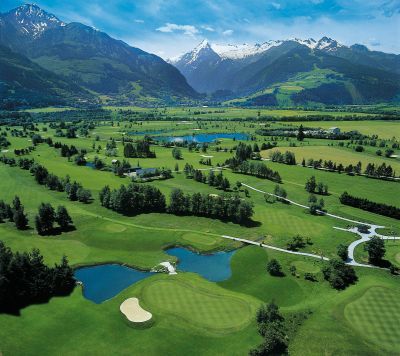



瑜伽
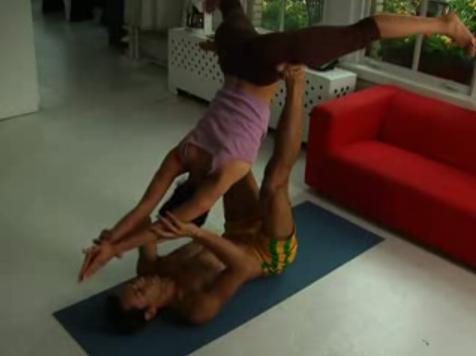
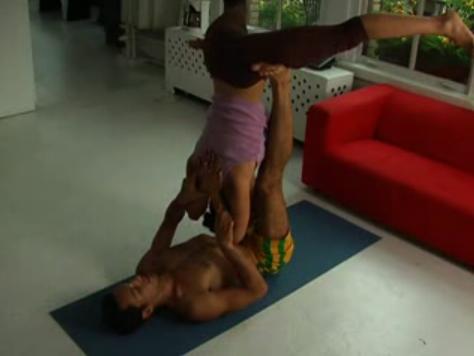
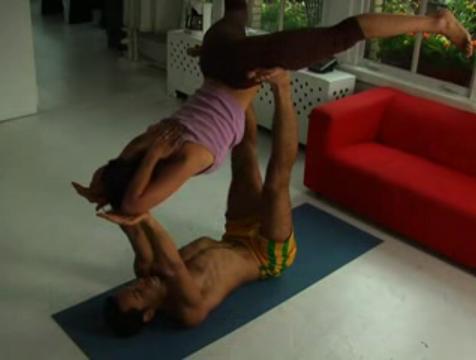
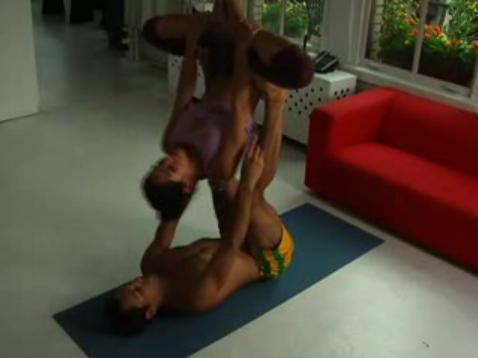
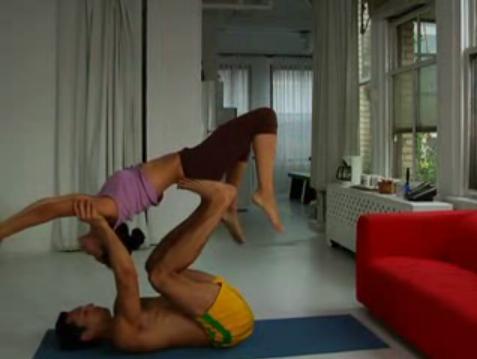
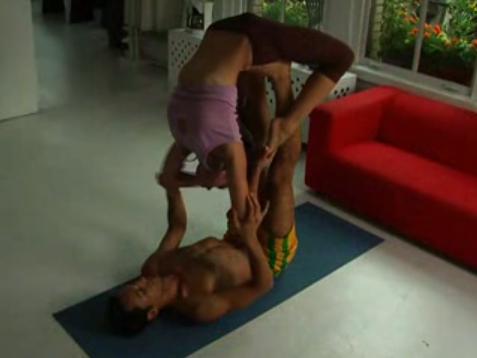
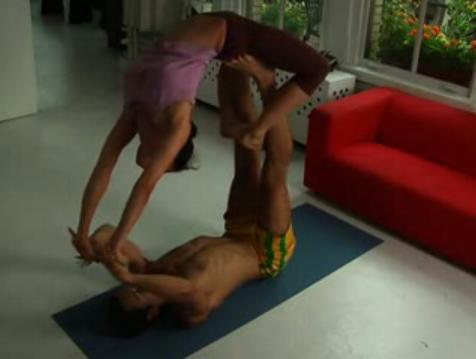
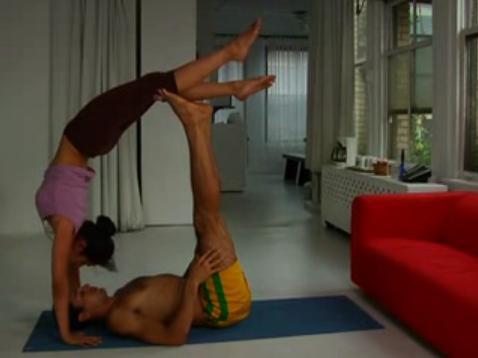


古老的瑜伽藝術

